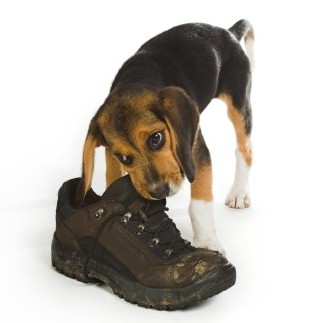The 10 Coolest Dog Accessories You Should Have
Having a dog is a great privilege. Owning a dog, no matter if it’s big or small, is a great responsibility. Dog is a living creature in a constant need for care and attention. Dog is not a toy to play around only when you don’t have anything else to do. He shows love and affection to the owners constantly, so you should do the same. From time to time treat your dog to something nifty and different from what you do or buy on regular basis. Obtaining some fancy accessories for your dog can be a nice experience. Surprise your dog on his birthday or Christmas Eve with some super cool items. Here is list of the ten coolest dog accessories you should have.
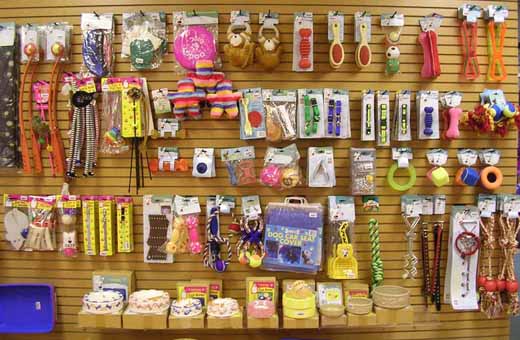
1. Dog Leash. We all know that this item brings a dog pure happiness. The moment when he sees a leash is priceless for it’s a sign he’s going out. Today, there are many types of dog leashes. Leather leash is skin friendly and can be very stylish. Nylon, on the other hand, is not so skin friendly, but it will last longer if your dog is often around water.
2. A Fashionable Scarf. Your dog will look cuter than usual with a scarf. For about $20 you can buy a stylish scarf which will protect your dog from the cold weather.
3. Backpack. Equip your pup with leather backpack for the first day in school. You can personalize dog’s backpack by engraving his initials on it. Let your dog carry his stuff on long country walks.
4. Groom tool. If you want to avoid painful pulling and snagging, you should get one of these. It removes loose hair from the dog before it’s shed around the room.
5. Dog Collars. These items come in a variety of styles. Bow tie collar can be perfect choice for the red carpet.
6. Water Bowls. If your dog likes chewing edges of the bowl, you should get the one made from the stainless steel which is more durable than the plastic one. You should be careful with ceramic bowls – they look very nice, but are easily broken.
7. Dog Houses. There are several things to keep in mind when it comes to the dog house. You should place the dog house in the coolest part of the yard. Also, the houses with air condition are good idea for hot climate and heated dog houses for cold.
8. Dog Beds. Every house has a bed. Even a dog house should have one. Make sure that the bed is comfortable enough to your dog, easy to wash, durable and of appropriate size. For extra comfort you can buy bed with cushioned sides.
9. Dog Toys. Buying cool dog toys will keep your four-legged buddy away from playing with your shoes and slippers. Many toys will provide physical and mental stimulation to your dog.
10. Dog coats. Perfect choice for chilly morning hikes. Fun, yet stylish way to keep your pooch warm. Great Christmas gift for your pet.

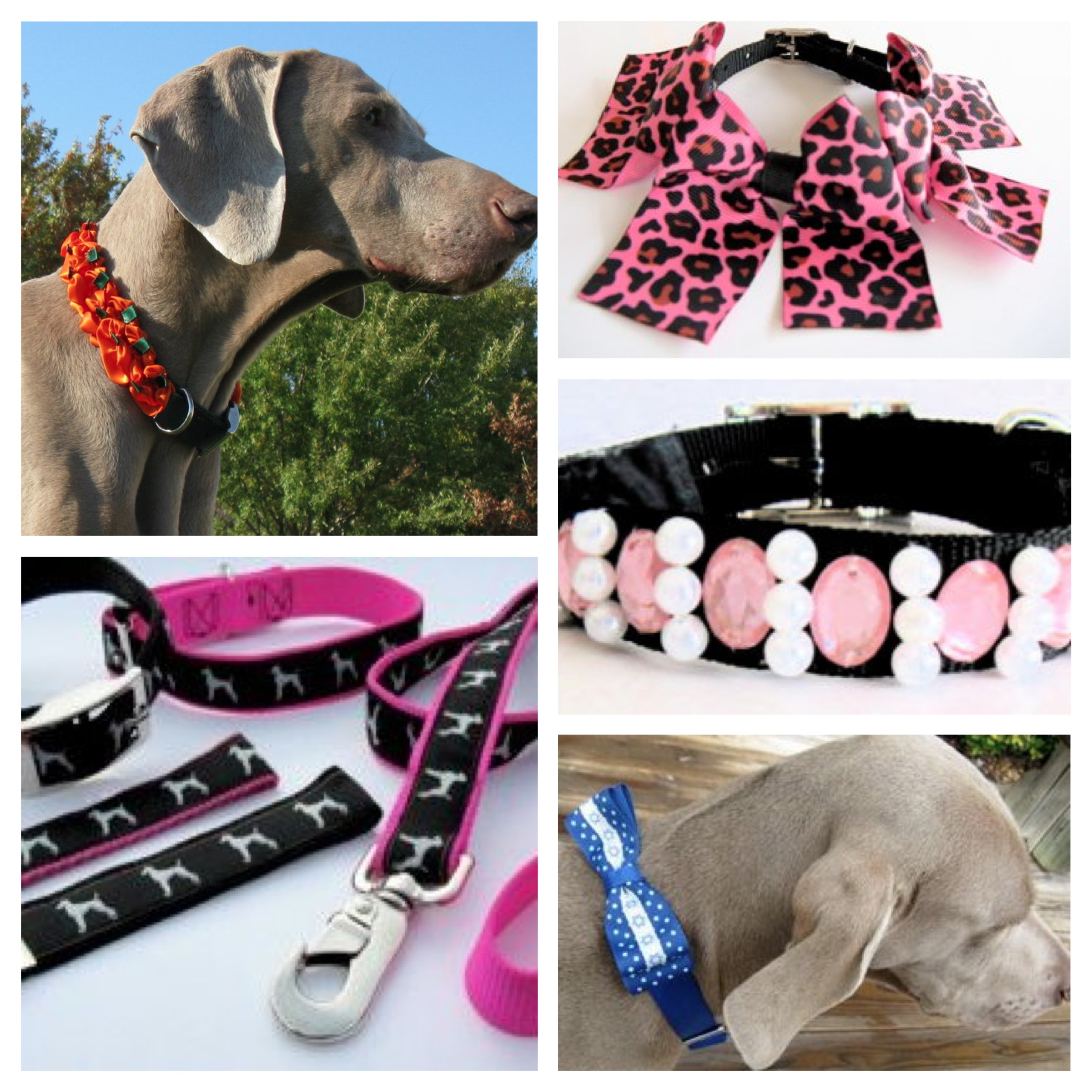
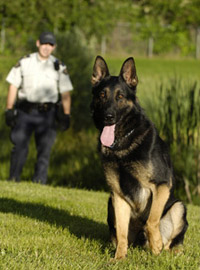
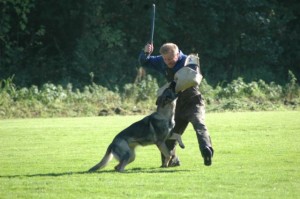
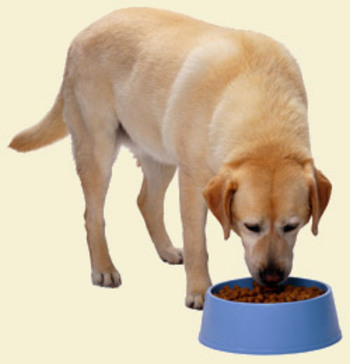
 You are certainly familiar with the situation that during the lunch your dog is lurking near the table looking at you with his eager eyes, waiting for some treat. He is acting like his last meal was couple of days ago. It is well known that dogs are very trusting pets. They will, probably, eat almost everything you give them. So, it is a big responsibility for you as a caring owner to feed your dog in the best possible way. Before selecting a dog food, there are some factors for consideration. Those factors are dog’s age, body condition, dog’s health history and your budget.
You are certainly familiar with the situation that during the lunch your dog is lurking near the table looking at you with his eager eyes, waiting for some treat. He is acting like his last meal was couple of days ago. It is well known that dogs are very trusting pets. They will, probably, eat almost everything you give them. So, it is a big responsibility for you as a caring owner to feed your dog in the best possible way. Before selecting a dog food, there are some factors for consideration. Those factors are dog’s age, body condition, dog’s health history and your budget.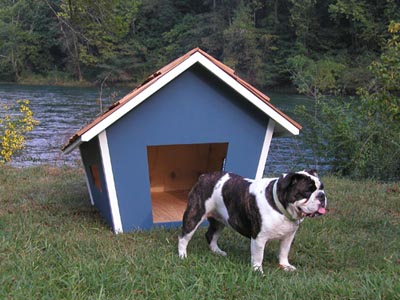
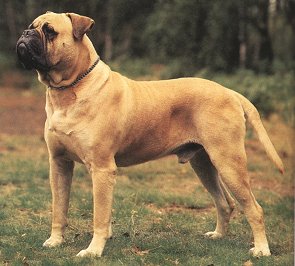 Here is our list of 10 best watch dog breeds:
Here is our list of 10 best watch dog breeds:
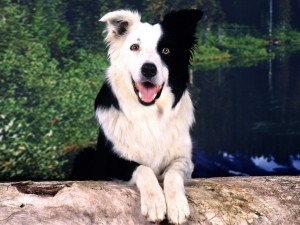 10. Australian Cattle Dog.
10. Australian Cattle Dog. 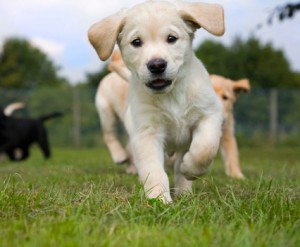
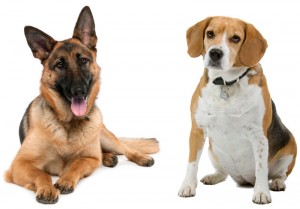 Dogs Lifespan Vs Human Lifespan – A Comparison
Dogs Lifespan Vs Human Lifespan – A Comparison
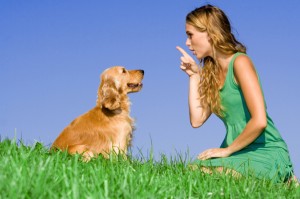 Except the cat people, everyone will agree to the fact that dog is man’s best friend. Wonder if the dogs think the same? Many proud owners of the dogs just don’t treat their pets the way they should. Here are ten training tips that will help you discipline your dog and resolve everyday problems. Arm yourself with a lot of patience and don’t expect instant “dog whisperer” miracles. Learning how to communicate with your dog will help build better and stronger relationship with your pet. And if you are a single guy, your dog can help you get some girls.
Except the cat people, everyone will agree to the fact that dog is man’s best friend. Wonder if the dogs think the same? Many proud owners of the dogs just don’t treat their pets the way they should. Here are ten training tips that will help you discipline your dog and resolve everyday problems. Arm yourself with a lot of patience and don’t expect instant “dog whisperer” miracles. Learning how to communicate with your dog will help build better and stronger relationship with your pet. And if you are a single guy, your dog can help you get some girls. Finally we get to the freedom. Don’t let your dog roam around the house too. That could lead to many mischiefs like chewing on furniture. Shut the doors and use crates to minimize dog’s area. At the end of the day let your dog sleep in the same room as you but, of course, not in your bed.
Finally we get to the freedom. Don’t let your dog roam around the house too. That could lead to many mischiefs like chewing on furniture. Shut the doors and use crates to minimize dog’s area. At the end of the day let your dog sleep in the same room as you but, of course, not in your bed.
 Here are a few fun & interesting facts about dogs. A quick read but worth it!
Here are a few fun & interesting facts about dogs. A quick read but worth it!